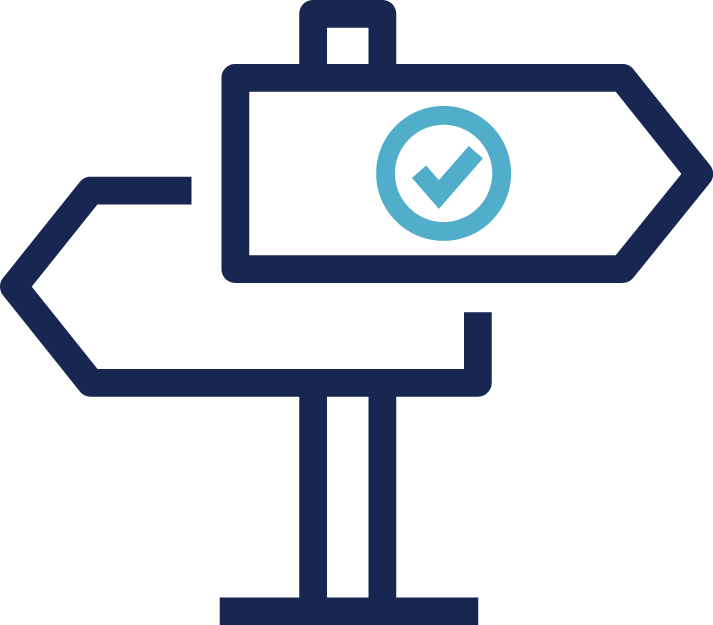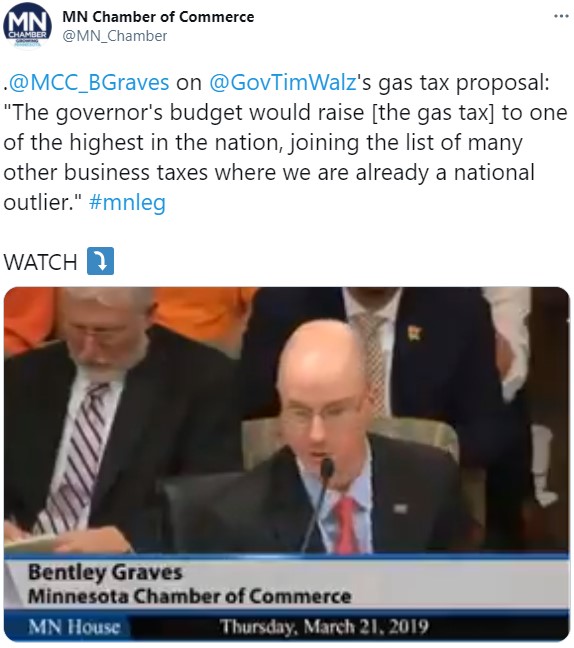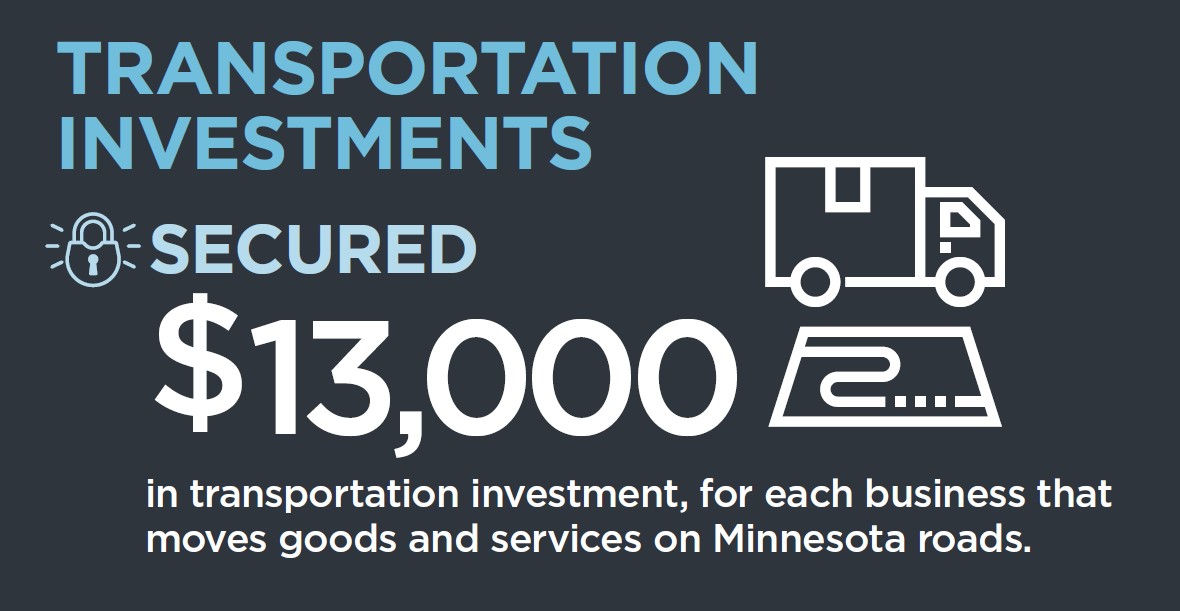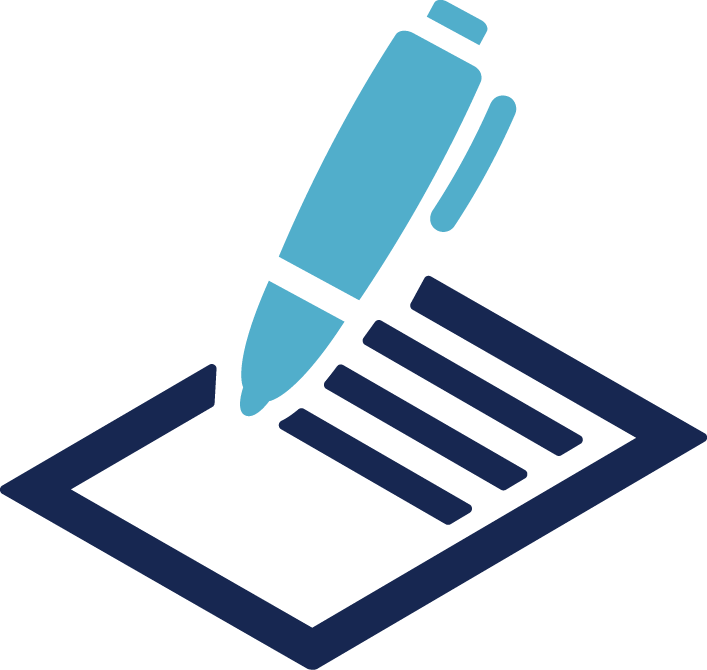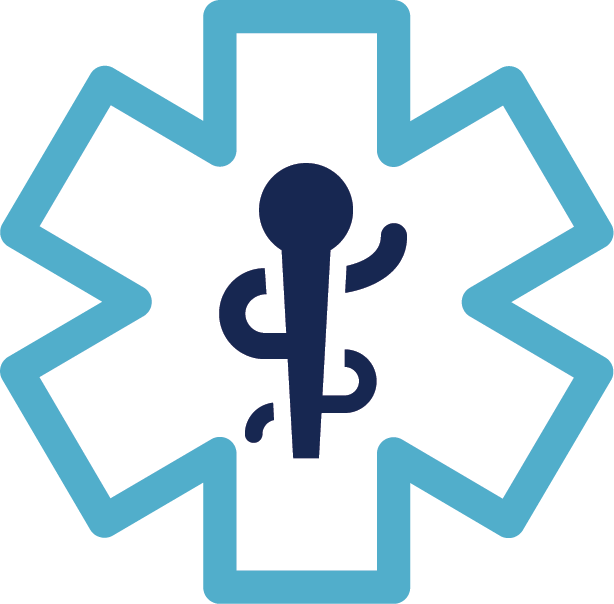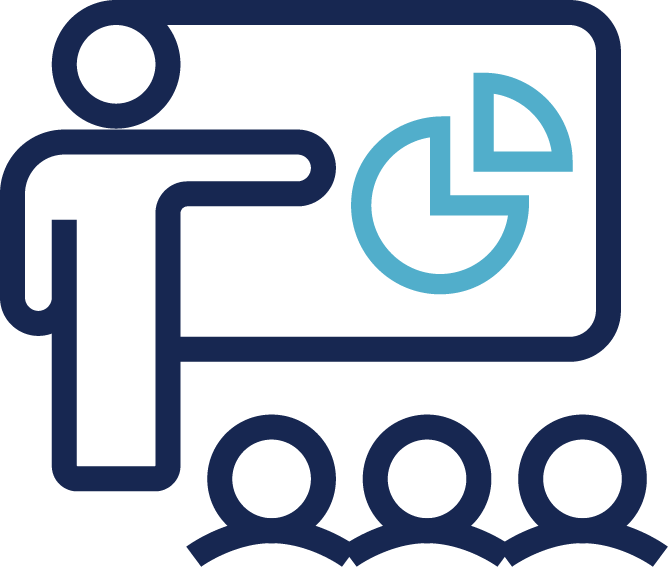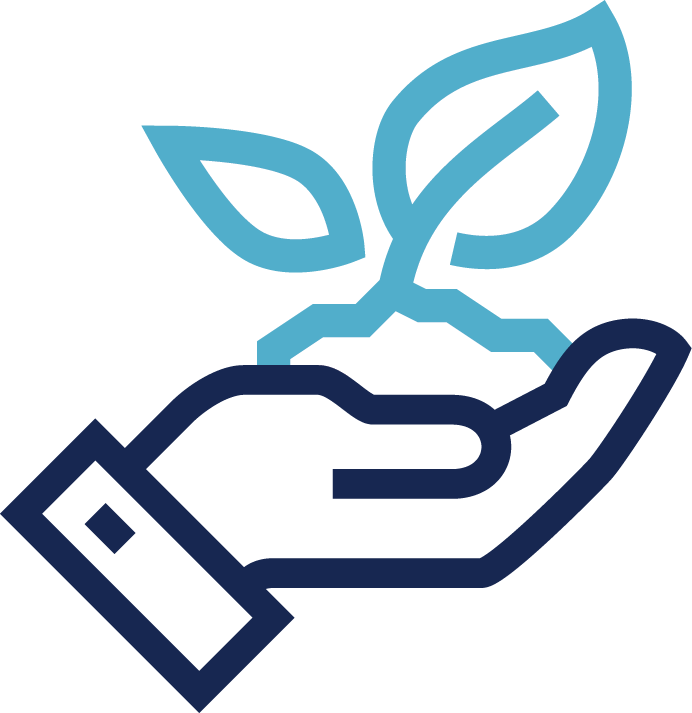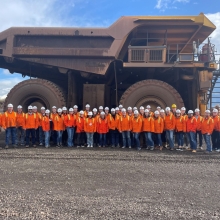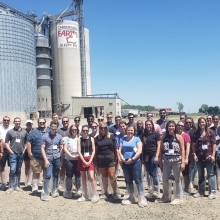Key Issues: Transportation
Ensuring Minnesota has a safe, reliable and efficient multimodal transportation system through sustained and strategic funding for roads, bridges and transit.
The Minnesota Chamber works consistently to make sure Minnesota maintains a safe, reliable, multimodal transportation system that provides for the needs of employers and employees by delivering projects as efficiently, cost-effectively and transparently as possible. This includes an efficient freight system that enhances Minnesota’s economic competitiveness in national and international markets.
Going into the 2021 legislative session, state forecasts indicated that additional investments would be needed to keep the state’s transportation budget whole in the wake of COVID-19-related declines in transportation revenues. To meet this need, the Chamber encouraged the legislature to shift the allocation of auto parts-related revenues used to help fund investments in our transportation infrastructure from a static annual amount (currently set in statute at $145 million) to the corresponding percentage of 60%, ensuring the growth, over time, of this important funding source.
Additionally, we argued the legislature should ensure owners of electric vehicles pay their share for the upkeep of our roads and bridges by raising the current $75 electric vehicles (EV) registration fee to match the average annual contribution to road and bridge funding that drivers of combustion engines generate from the gas tax. Making this change now, while the EV fleet in Minnesota is relatively small, will position the state to capture increasing amounts of revenue in future years as the EV fleet grows. Finally, in the wake of a historic, worldwide pandemic that fundamentally altered both consumer and producer demands related to the movement of goods through our freight network, the Chamber supported the creation of a state-based freight network optimization tool for use by the Minnesota Departments of Transportation and Employment and Economic Development. Optimization tools are routinely used by private companies to find ways to streamline their supply chains, facilitate site selection, reduce costs and build resilience into transportation networks. Minnesota can use optimization to help inform decision-making around public infrastructure investments and economic development and business attraction and retention.
Our work gets results
- Secured $13,000 in transportation investment per business that moves goods and services on Minnesota roads.
2022 Priorities include:
- Continued increased investment.
- Reevaluate and reset planning processes and funding mechanisms to reflect industry changes.
- Prioritization of investments with cost-sharing and a positive return on investment.
- Resolution of the long-term funding challenges facing the metro area bus transit system.
- Legislative and policy changes necessary to accommodate advancements in transportation technology.
Make your voice heard

Make sure you're signed up for action alerts, join a policy committee or interact with legislators during 2022 Session Priorities! It's important for legislators to know how their actions impact employers, employees and Minnesota's economic recovery.
